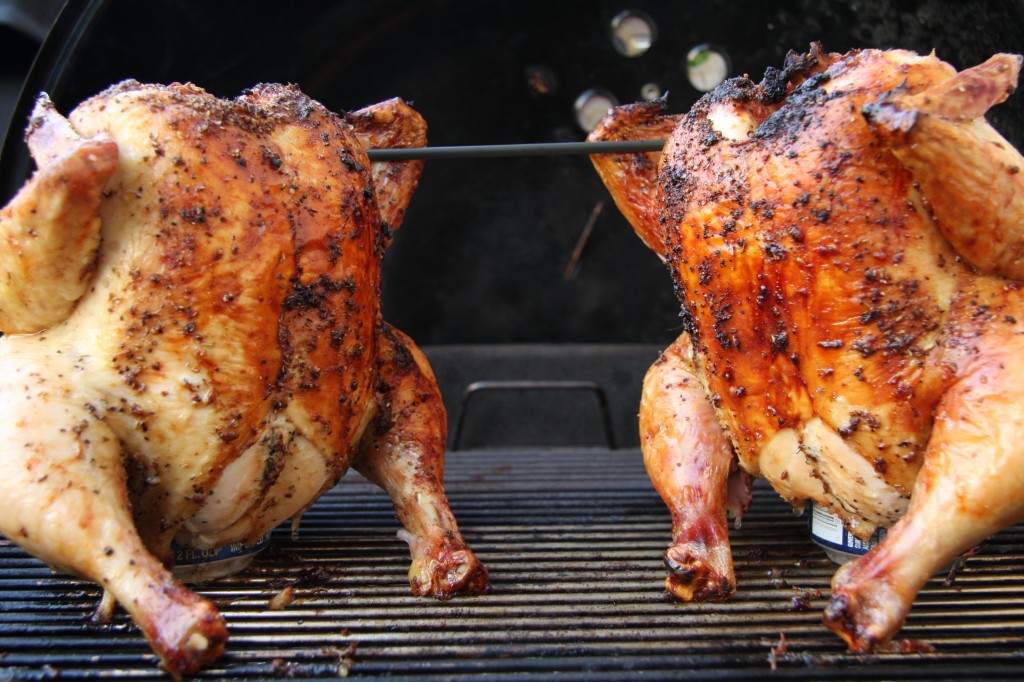We’ve all been there. Chicken. It’s supposed to be the easiest meat to cook. Give it some flavor, throw it over the coals, and let it go till the juices run clear. But somewhere in between the coals stage and the juices running clear stage, we end up with a chicken that’s more flames and char than tender breast meat and drumsticks. You’re supposed to be a man (or woman). Master of the fire. But chickens just seem to get the best of you. Follow our tips on poultry cooking temperatures, and we’ll have you serving up grilled chickens as opposed to flaming balls of white meat.
Cooking thermometers take the guesswork out of cooking, as they measure the internal temperature of your cooked meat, poultry and seafood, thus ensuring a safe temperature has been reached, harmful bacteria have been destroyed, and your food is cooked perfectly.
Meats, poultry and seafood are properly cooked only when heated at a high enough temperature to kill harmful bacteria that cause food-borne illnesses.
It’s important to note that you need to let your meat rest after it’s reached the desired cooking temperature. Remove meat from heat source and let stand 10 to 15 minutes before carving. The amount of time required for resting varies with the size and the cut of your meat. During this resting time, the meat continues to cook (meat temperature typically rises 5 to 20 degrees even after it is removed from heat source), and the juices redistribute.
Below is a handy chart for the cooking temperatures of beef and lamb.
(chart here)
You can find out other cooking temperatures by checking out our other articles:
Photo Source: Another Pint Please…

